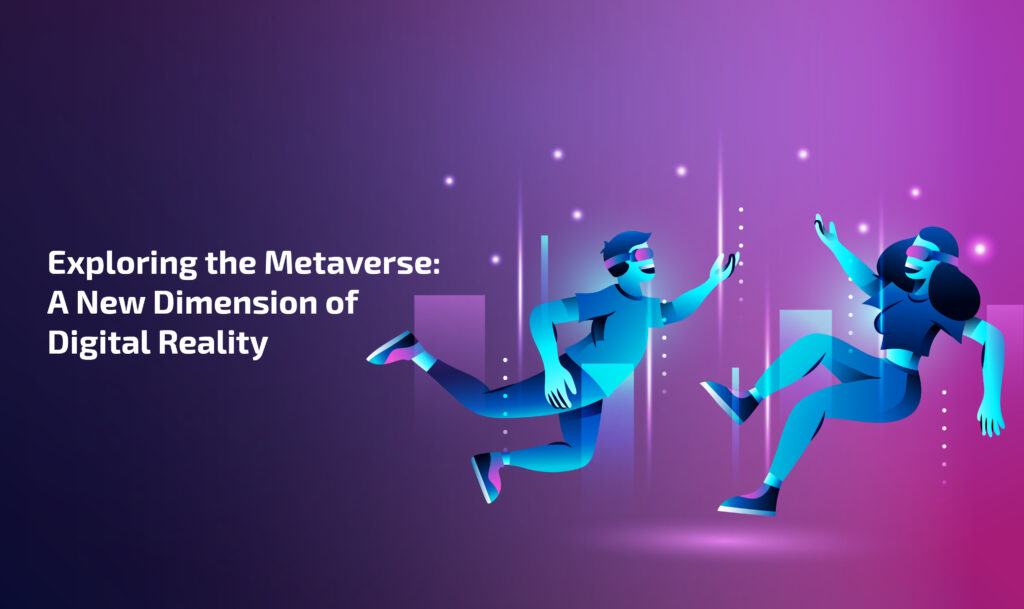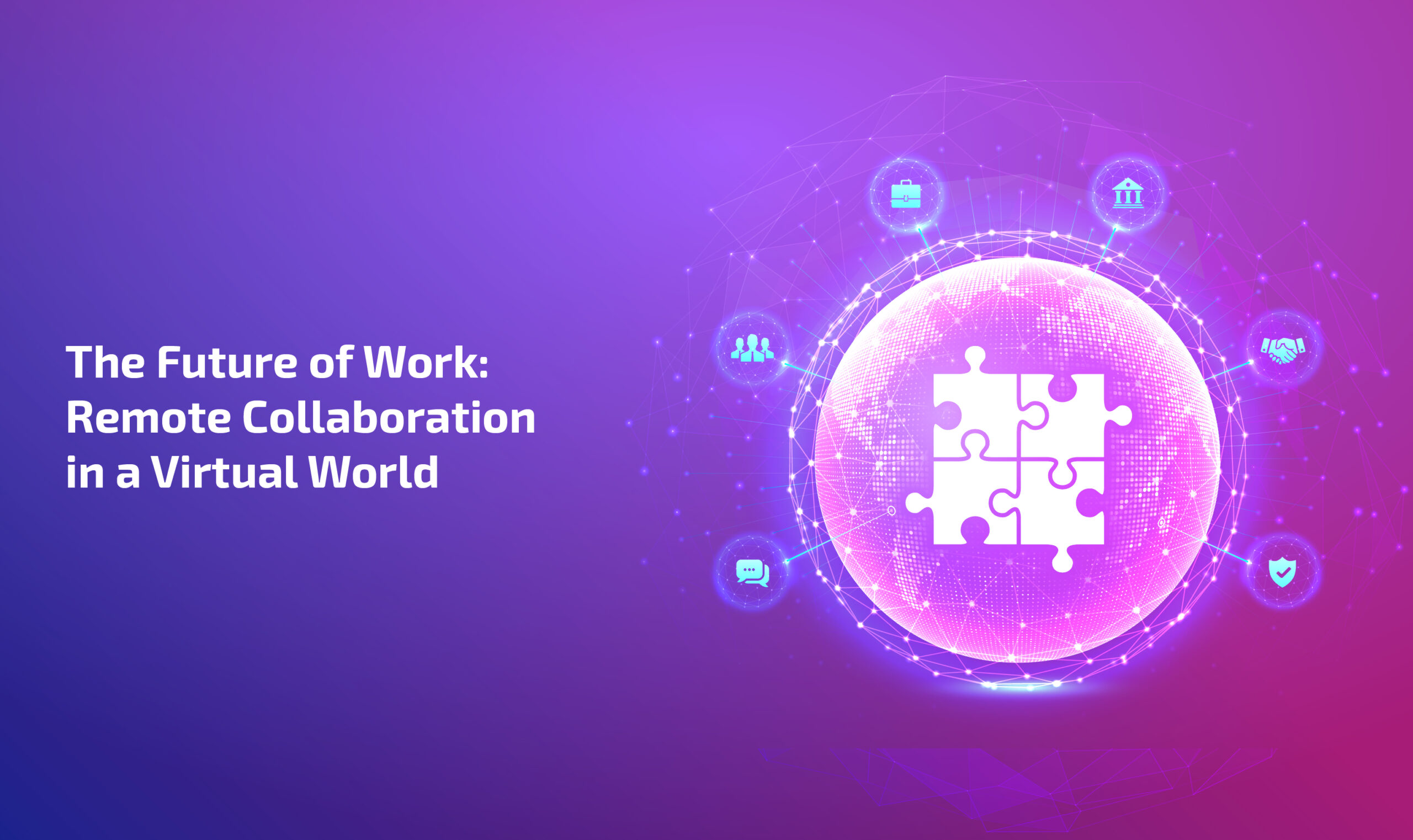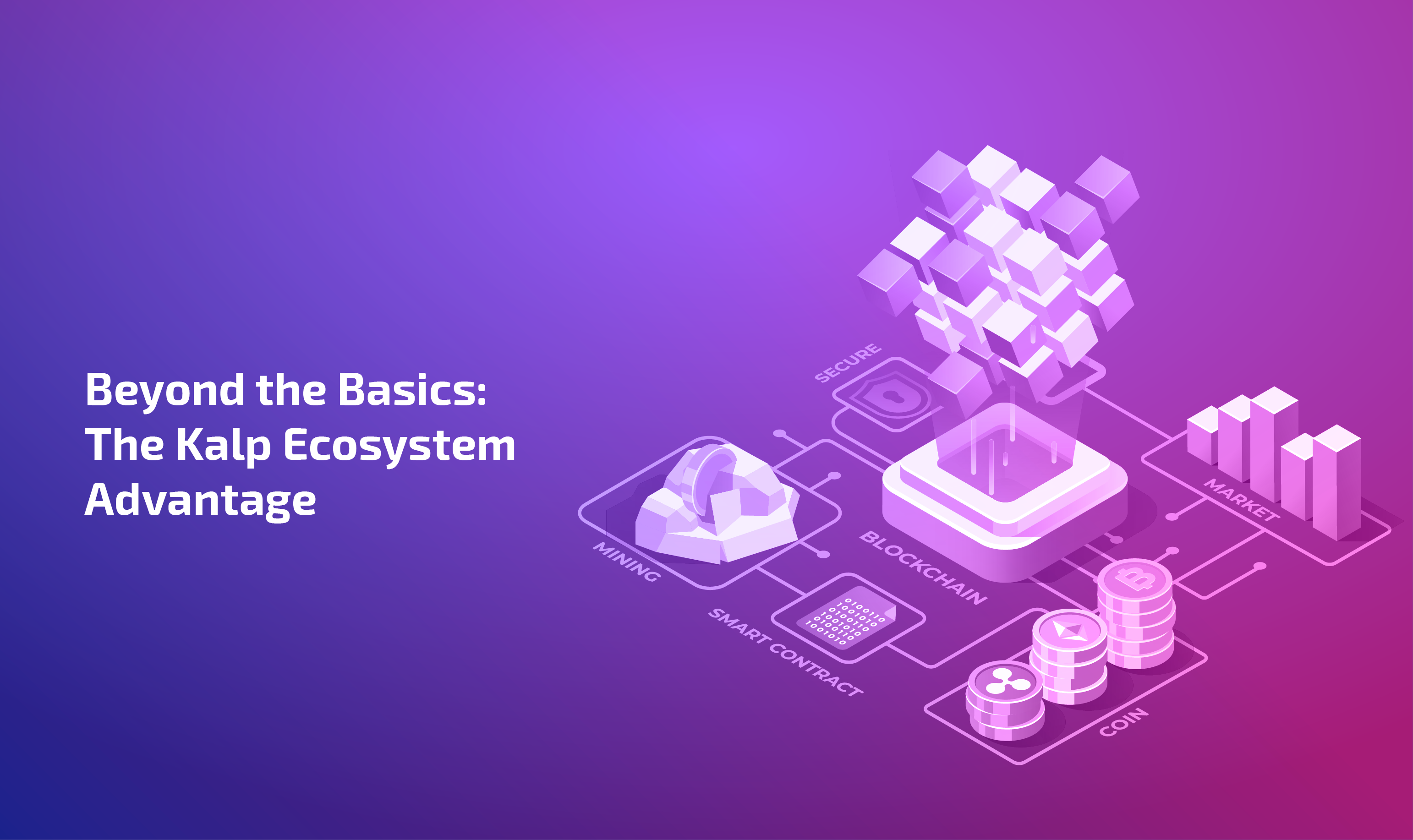
The digital landscape is on the cusp of a revolution. Virtual Reality (VR), Augmented Reality (AR), and blockchain technology are converging to create a groundbreaking concept – the Metaverse. This persistent, interconnected network of 3D virtual worlds promises to redefine the way we interact, consume, and create.
From Science Fiction to Reality: The Rise of the Metaverse
The term “Metaverse” was first coined in Neal Stephenson’s 1992 sci-fi novel “Snow Crash.” Back then, it was a futuristic vision. Today, however, the concept is rapidly transitioning from fiction to reality. Tech giants like Meta (formerly Facebook), Microsoft, and Epic Games are investing heavily in developing metaverse platforms. Investors are pouring billions into the space, recognizing its immense potential to reshape various industries.
Why is the Metaverse the New Face of Digital Reality?
The Metaverse transcends the limitations of traditional VR experiences. Here’s what sets it apart:
- Interconnectivity: Unlike isolated VR experiences, the Metaverse is a persistent and interconnected network of virtual worlds. Users can seamlessly move between different platforms, maintaining their avatars and digital assets.
- Social Interaction: The Metaverse fosters a strong sense of presence and allows for real-time social interaction. Users can work, play, and connect with others in meaningful ways within these virtual spaces.
- Economic Potential: The Metaverse introduces the concept of a digital economy. Users can buy, sell, and own virtual assets, creating new revenue streams for businesses and individuals.
Transforming Industries: How the Metaverse is Reshaping the Landscape
Several industries are at the forefront of adopting the Metaverse, recognizing its transformative potential:
Retail:
Imagine stepping into a virtual store, browsing through products in 3D, and even trying on clothes with your avatar. This is the future of retail in the Metaverse. Companies like Nike and Ikea are already creating virtual showrooms, allowing customers to experience products in a more immersive way. This not only enhances the customer experience but also reduces operational costs associated with physical showrooms.
Gaming:
The gaming industry is a natural fit for the Metaverse. Games like Fortnite and Roblox are already blurring the lines between reality and virtuality. The Metaverse will take this a step further, creating immersive virtual worlds where players can not only play games but also socialize, own digital assets, and participate in a virtual economy.
Education:
The Metaverse offers a revolutionary approach to learning. Imagine attending lectures in immersive virtual classrooms where historical events can be recreated or complex scientific concepts can be visualized in 3D. This has the potential to dramatically improve student engagement and enhance learning outcomes.
Entertainment:
The Metaverse opens doors for innovative and interactive forms of entertainment. Concerts, live shows, and even movie premieres can be held within virtual spaces, offering audiences an unparalleled level of immersion and engagement.
Work and Collaboration:
The Metaverse allows geographically dispersed teams to collaborate in real-time within shared virtual workspaces. Companies like Autodesk and Siemens are already using VR for remote collaboration, improving communication, streamlining workflows, and boosting productivity.
The Motive Behind The Metaverse Revolution
The driving force behind the Metaverse revolution is a fundamental shift in consumer behavior. Consumers crave interactive, immersive, and personalized experiences. The Metaverse caters to this need by creating a hyper-realistic virtual world where the boundaries between the physical and digital are blurred.
Why Metaverse Adoption is Imperative for the Future
For businesses to stay competitive and cater to the evolving needs of consumers, adopting the Metaverse is no longer a choice, it’s a necessity. Here’s why:
- Reach a Global Audience: The Metaverse provides access to a global audience that transcends geographical limitations. Businesses can expand their reach and tap into new markets.
- Enhanced Customer Engagement: The Metaverse fosters a deeper level of customer engagement by creating personalized and interactive experiences.
- New Revenue Streams: The Metaverse unlocks new revenue streams through the sale of virtual assets, in-world advertising, and the development of virtual experiences.
The Future of the Metaverse: A Look Ahead
The future of the Metaverse is indeed bright. Analysts predict the global Metaverse market to reach a staggering $800 billion by 2024. Advancements in VR, AR, and artificial intelligence (AI) will further enhance the user experience, making virtual worlds even more realistic and interactive.
Challenges and Considerations
Despite its immense potential, the Metaverse is not without its challenges. Issues like data privacy, security, and accessibility need to be addressed to ensure a safe and equitable experience for all. Additionally, ethical considerations regarding virtual economies and digital ownership need careful examination.
Embracing the Metaverse – A New Frontier Awaits
The Metaverse represents a paradigm shift in the way we interact with the digital world. While challenges exist, the potential benefits for businesses, consumers, and society as a whole are undeniable. By embracing the Metaverse and actively shaping its development, we can create a future where the virtual world seamlessly complements and enhances the physical one. The possibilities are endless, and the future is exciting. Are you ready to explore the Metaverse?








